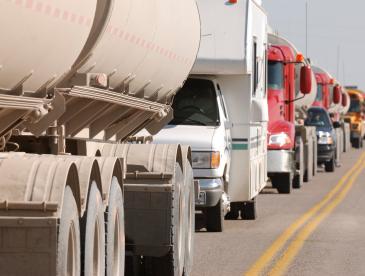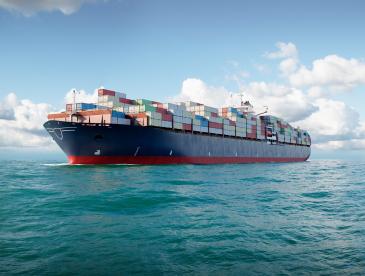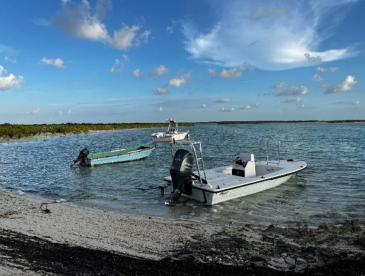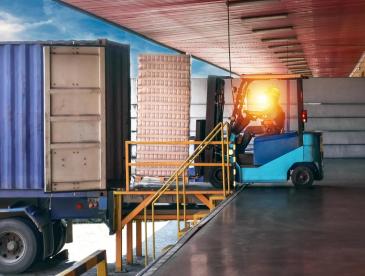
Shifting to electric vehicles and sustainable fuels
The problem: Global transportation harms our climate, accounting for roughly one-quarter of all greenhouse gas emissions. The pollution from transportation powered by fossil fuels also harms our health, causing lung disease, heart problems and more than 6 million premature deaths a year.
What we’re doing about it: We’re driving the transition to electric vehicles, sustainable aviation fuels and zero-emission shipping, prioritizing the communities most burdened by pollution. We advocate the use of cleaner fuels everywhere — to save lives and strengthen the global economy.
Impact by the numbers
-
0%
The percentage of global greenhouse gas emissions that come from transportation
-
0K
Number of lives saved by 2050 if all new heavy-duty trucks and buses sold in the U.S. release zero emissions by 2040
-
$0B
Investments in EV manufacturing that have been announced in the U.S. over a decade
Our work cleaning up the global transportation system
- Expert Voices
Have questions about electric cars? Our EV expert has answers.
- Blog post
Smarter jet fuel policies and carbon markets can power cleaner aviation
- Article
Replacing polluting diesel trucks offers a shortcut to healthier air
- Article
Global shipping industry moves to reduce its pollution
- Blog post
A big opportunity for small vessels in The Bahamas
- Blog post
A roadmap for European cities looking to decarbonize urban freight
Updates
Read the latest articles, blogs and press releases on clean transportation.
-
California Can Lead the Next Generation of Clean, Affordable Cars – Again
Blog post, -
October 2025: Electric trucks, buses round-up
Blog post, -
Strategies to decarbonize aviation must protect communities and climate
Blog post, -
IMO Postpones Adoption of Net Zero Framework, Delaying Global Action to Decarbonize Shipping
Press release, -
EVs can lower electricity rates for everyone
Blog post, -
September 2025: Electric trucks, buses round-up
Blog post,
Clean transportation resources
Dig deeper into our work with these resources for researchers, policymakers, journalists and communities.
- Overview
How we’re working to slash climate and air pollution from global shipping
- Fact sheet
Driving change: How electric vehicles are benefiting people across the U.S.
- Legal resources
Defending clean vehicle standards to protect people and the planet
- Blog post
Case studies: Stories of fleets on the road to electrification
- Website
Fleet Electrification Solutions Center
- Blog post
This registry could jump-start global production of sustainable aviation fuels
Our clean transportation experts
Media contact
Erica Fick
(213) 435-7160 (office)






















